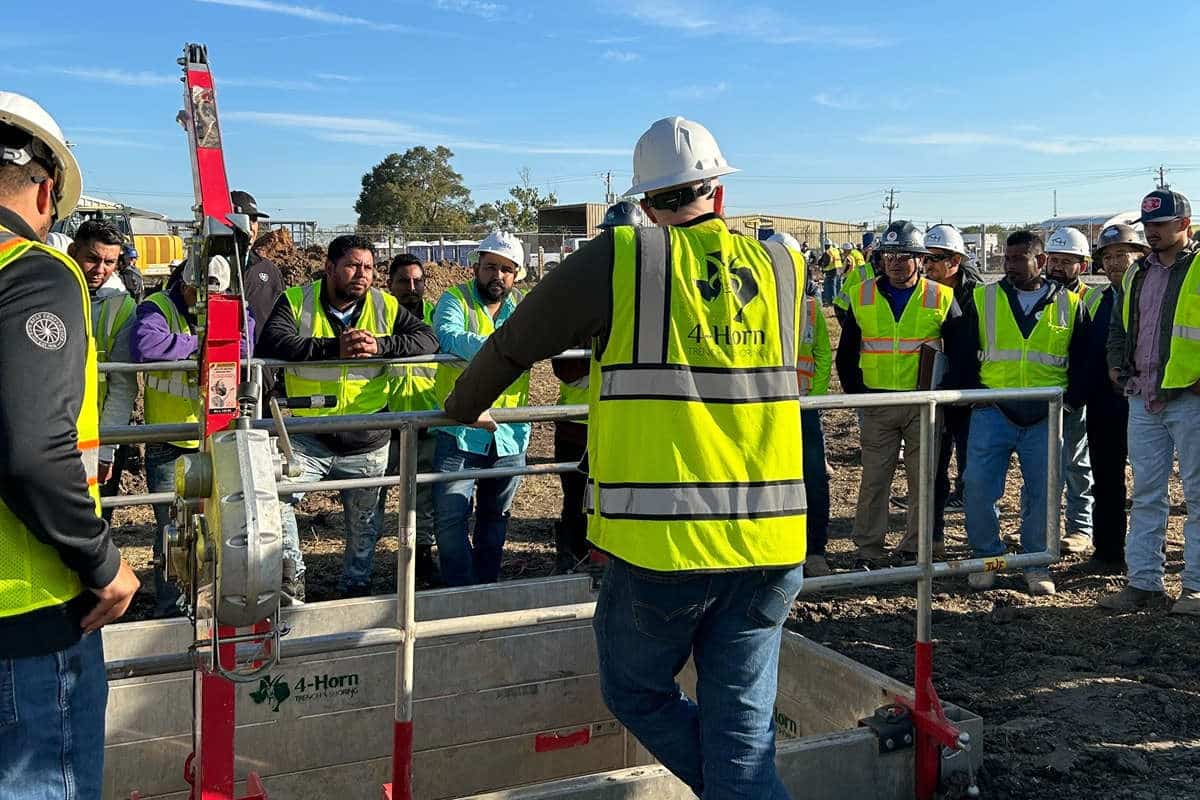Why Machine Learning is the Key to Enhanced Utility Management
By Emily Newton
Like many other industries, the utility sector is undergoing rapid digital transformation. Many utility organizations are rushing to embrace new technologies, but these often expensive efforts are only effective when investing in the right tools for the job. Machine learning is one of the most important innovations to capitalize on.
Machine learning — the subset of AI that teaches intelligent algorithms to learn from data — has many use cases across utility management. These applications push the benefits of other digital technologies higher, ensuring strong returns for digital transformation efforts.
Informed Upgrades and Expansion
One of machine learning’s most impactful applications in utility management is informing more effective infrastructure upgrades. Repairing and replacing aging structures is the most commonly cited issue in the water industry, which has remained the case for over a decade, but machine learning may finally pose a solution.
Upgrading water infrastructure is a persistent problem because replacing everything simultaneously is impossible. Repairs and replacements are expensive and disruptive, so businesses must determine which areas most need attention. Machine learning can analyze historical data and compare it to cost factors to suggest the most effective and cost-efficient path forward.
Machine learning is better at calculating complex issues and spotting trends in large data sets than humans. Consequently, it is more reliable when identifying which upgrades will yield the biggest improvements. It also makes these decisions faster, enabling quicker rollouts and ROIs.
Improved Risk Assessment
Similarly, you can use machine learning to assess risks when maintaining existing systems or installing new ones. Using the right equipment and techniques in hazardous worksites can improve site safety 10 times over, but it is not always easy to determine which approach is best. Machine learning removes any guesswork.
Predictive analytics models can learn from past data to determine likely future events. Applying this technology to infrastructure upgrades can give you a better understanding of the unique risks you may encounter. Once you know these hazards, you can determine the safest and most efficient way to proceed.
Pairing this innovation with real-time data from Internet of Things (IoT) sensors yields further improvements. When you feed this data to machine learning models, you can set up automatic alerts when new risks emerge or worsen, helping teams stay safe at all times.
Optimized Maintenance
Machine learning is also a useful tool for improving equipment maintenance. Keeping water infrastructure in good condition is key to preventing dangerous accidents and minimizing expenses, but it is not always easy. Machine learning helps by enabling predictive maintenance (PdM).
PdM involves using IoT sensors to track real-time equipment health data. Machine learning then analyzes this data to predict when issues will arise. When conditions suggest something will need repair soon, the AI model alerts you so you can fix it before it becomes a larger problem.
These early warnings produce the most uptime and cost improvements of any maintenance method. Predictive analytics ensure you prevent disruptive breakdowns while preventing excessive spending from unneeded repairs. Applying this practice to an entire pipeline network could result in massive savings while freeing maintenance technicians’ schedules.
Faster Emergency Response
Of course, emergencies still happen, even with more reliable maintenance. Extreme weather events or cyberattacks can create unexpected disruptions and endanger critical infrastructure. Machine learning can still help in these situations by enabling faster responses to minimize the damage.
The same predictive algorithms that detect maintenance issues from real-time IoT data can identify emerging issues like leaks or burst pipes. Setting up machine learning models to monitor critical infrastructure like this lets you trigger warnings as soon as things go wrong. You can then address the problem as quickly as possible.
This kind of machine learning is even more helpful when dealing with cyber threats, which are increasingly common amid rapid digitization. Automated monitoring tools learn what normal network behavior looks like to identify potential breaches as soon as they occur. This AI can even contain the breach to stop the damage before IT professionals investigate it.
Waste Reduction
In less severe applications, machine learning can reduce energy and water waste. Water utilities often account for 30 to 40% of all electricity consumption in municipal governments. Much of this power goes to waste, but machine learning can reduce these inefficiencies.
IoT sensors can provide real-time data on current usage patterns. Machine learning models then respond to this data to redirect resources to different areas for demand-based service instead of maintaining a less efficient constant. As a result, everyone gets the water and energy they need at any given time without wasting resources in times of low demand.
Over time, machine learning can identify larger trends in data, too. You could use this to identify inefficiencies in your infrastructure to address more cost-effective operations in the future. Alternatively, you could learn peak demand times and develop strategies to allocate more resources at these times and pull things back during others.
Customer Insights
Similarly, machine learning can provide insights into consumer behaviors. Analyzing usage data with these models allows you to craft more effective strategies that improve your service and boost customer satisfaction.
Machine learning analytics could reveal spending trends to inform fairer deals or payment assistance programs. Patterns in the issues people encounter can highlight how you may need to upgrade structures or change policies to ensure more equitable access and prevent common problems.
Other machine learning models can help with customer outreach. Large language models enable advanced chatbots that can manage service queries when human agents are unavailable. They could also help craft more engaging outreach messages to boost participation in some programs.
Machine Learning Is the Future of Utility Management
Like many technologies under the Industry 4.0 umbrella, machine learning can be expensive and challenging to implement. However, it yields some of the most significant returns on investment of these innovations. Utility companies hoping to make the most of digital transformation must invest in this technology.
These six use cases are not a complete list of what machine learning can do, either. Recognizing how versatile and far-reaching machine learning can be is the first step in using it to its full potential. When water utilities apply this technology to these high-impact areas, they can ensure a more successful digital transformation.
Emily Newton is a construction and industrial journalist. She is also the Editor-in-Chief for Revolutionized Magazine. Keep up with Emily by subscribing to Revolutionized’s Newsletter.




